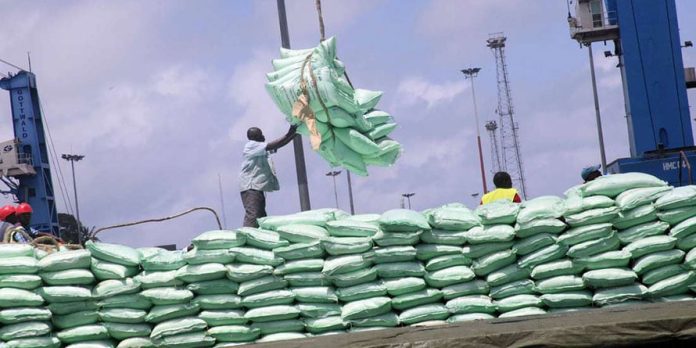Somali Magazine – The ongoing El Nino on the Asian and African continents has resulted in the damaging of sugar crops, leading to a skyrocketing of sugar prices.
Since 2011, sugar prices have been up due to lower global supplies, a crisis caused by unusually dry weather that damaged harvests in India and Thailand, the world’s second- and third-largest exporters, respectively.
The dire situation in supplies is a hit in already struggling nations that have a shortage of staples like rice and bans on food trade that have added to food inflation. Global dynamics like the Ukraine-Russian war and the naturally occurring climate phenomenon (El Nino) have led to the wobbling of currencies.
In Africa, Nigeria is buying 98 per cent of its raw sugar from other countries. In 2021, it banned imports of refined sugar that ran counter to a plan to build up domestic sugar processing and announced a $73-million project to expand sugar infrastructure. Abuja traders like Abba Usman are facing obstacles due to the high rise of sugar prices.
Usman purchased a 50-kilogram (110-pound) bag of sugar that Usman bought a week ago for $66 but now has gone up to $81.
“The price keeps increasing every day, and we don’t know why,” Usman said.
Bread has been the staple food for Nigeria’s 210 million people, and for many who are struggling to put food on the table, it offers a cheap source of calories. Surging sugar prices An increase of 55 per cent in two months means fewer bakers and less bread.
“It is a very serious situation,” Abdulraheem said.
The United Nations Food and Agriculture Organization (FAO) predicts a 2 per cent decline in global sugar production in the 2023–24 season compared with the previous year, translating to a loss of about 3.5 million metric tons (3.8 million U.S. tons), said Fabio Palmeri, an FAO global commodities market researcher.
Brazil is the biggest sugar exporter, but its harvest will only help plug gaps later in 2024. Until then, import-dependent countries, like most of those in sub-Saharan Africa, remain vulnerable.
A rice shortage is sending prices soaring across the world, and things could get worse.

